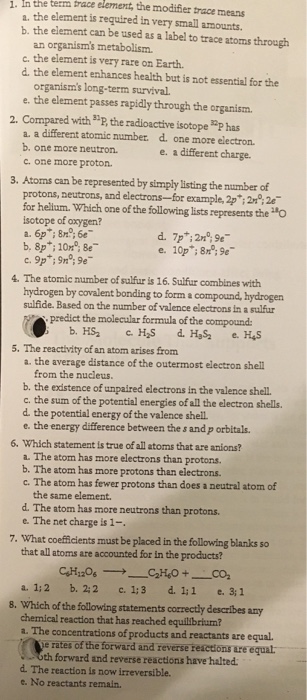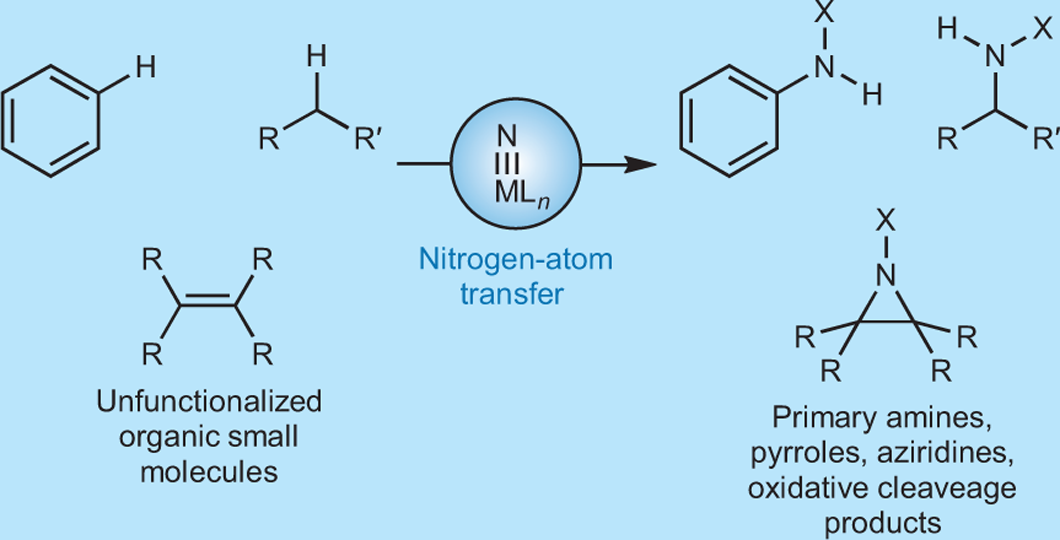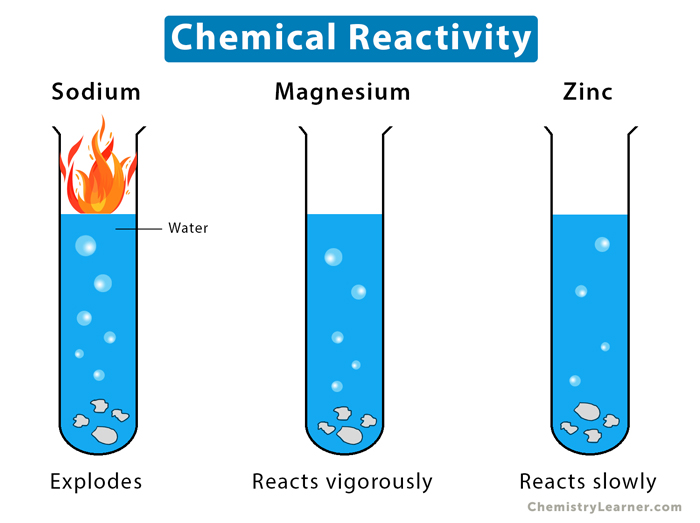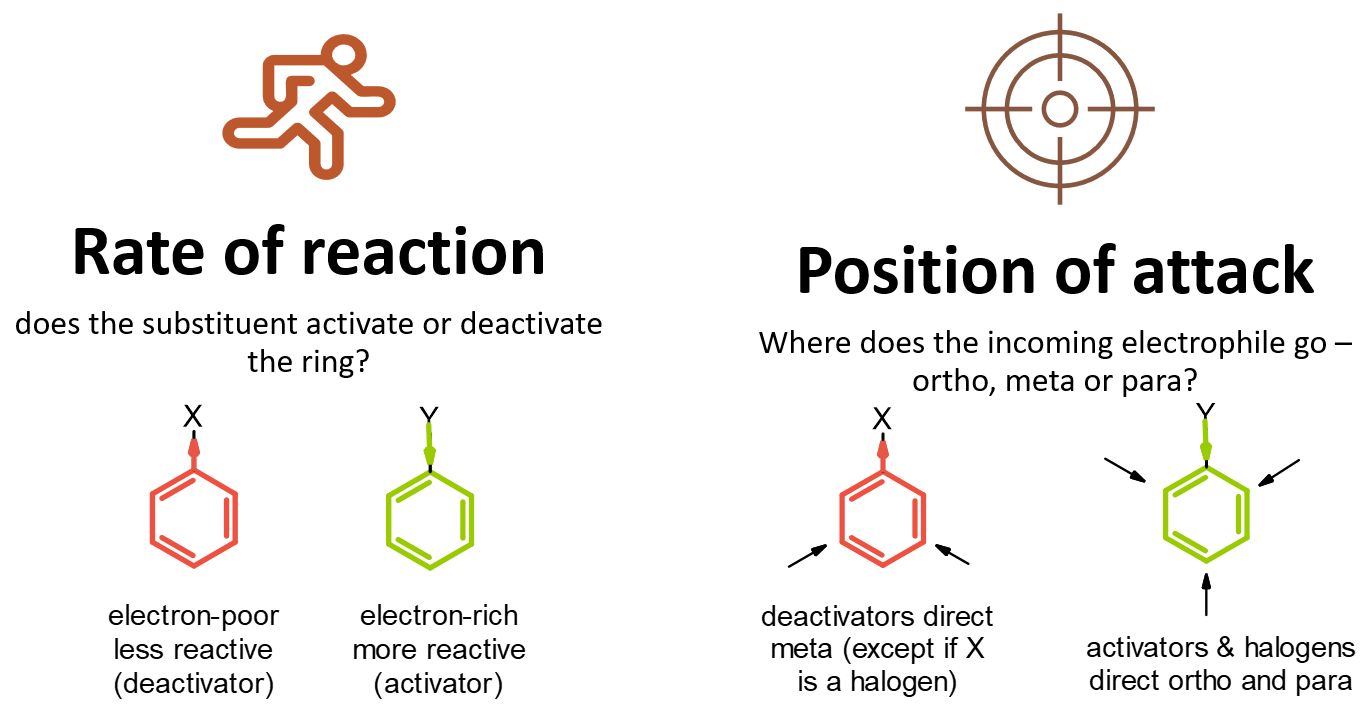
A Linear C=Ge=C Heteroallene with a Di‐coordinated Germanium Atom** - Sugamata - Angewandte Chemie International Edition - Wiley Online Library

Energetic Descriptors of Steric Hindrance in Real Space: An Improved IQA Picture** - Gallegos - 2021 - ChemPhysChem - Wiley Online Library

SOLVED: While waiting at an airport; Neil Campbell once overheard this claim: "It's paranoid and ignorant worry about industry agriculture contaminating the environment with their chemica wastes. Allter all, this stulf Is
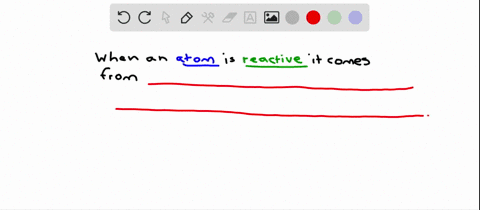
SOLVED:The reactivity of an atom arises from (A) the average distance of the outermost electron shell from the nucleus. (B) the existence of unpaired electrons in the valence shells. (C) the sum
Chemistry Review Name: Date: __B__1. An element is to a (an) ______ as a tissue is to a (an) ______. a. atom;orga

Synergy between Defects, Photoexcited Electrons, and Supported Single Atom Catalysts for CO2 Reduction | ACS Catalysis

Chemical Synthesis at Surfaces with Atomic Precision: Taming Complexity and Perfection - Wang - 2019 - Angewandte Chemie International Edition - Wiley Online Library

Secondary Orbital Interactions Enhance the Reactivity of Alkynes in Diels–Alder Cycloadditions | Journal of the American Chemical Society
What part of an atom is responsible for an atom's chemical reactivity and how does it determine chemical reactivity? - Quora

SOLVED:The reactivity of an atom arises from (A) the average distance of the outermost electron shell from the nucleus. (B) the existence of unpaired electrons in the valence shells. (C) the sum
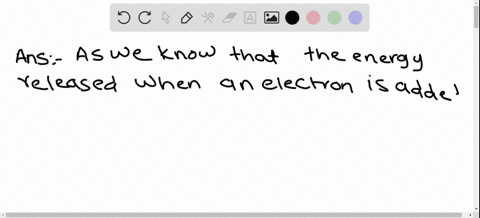
SOLVED:The reactivity of an atom arises from (A) the average distance of the outermost electron shell from the nucleus. (B) the existence of unpaired electrons in the valence shells. (C) the sum

SOLVED:The reactivity of an atom arises from (A) the average distance of the outermost electron shell from the nucleus. (B) the existence of unpaired electrons in the valence shells. (C) the sum

One Decade of Computational Studies on Single-Atom Alloys: Is In Silico Design within Reach? | Accounts of Chemical Research

![ANSWERED] The reactivity of an atom arises from the... - Physical Chemistry ANSWERED] The reactivity of an atom arises from the... - Physical Chemistry](https://media.kunduz.com/media/sug-question/raw/53703928-1657453090.108663.jpeg)
